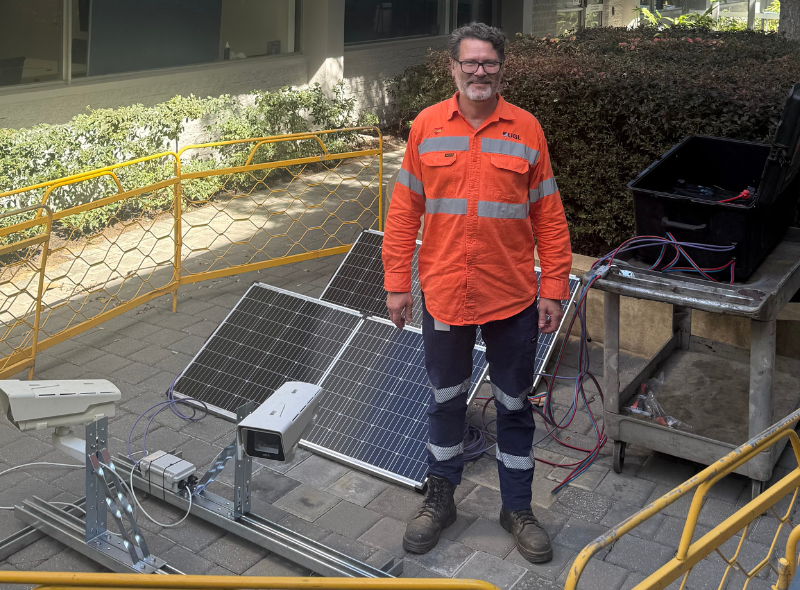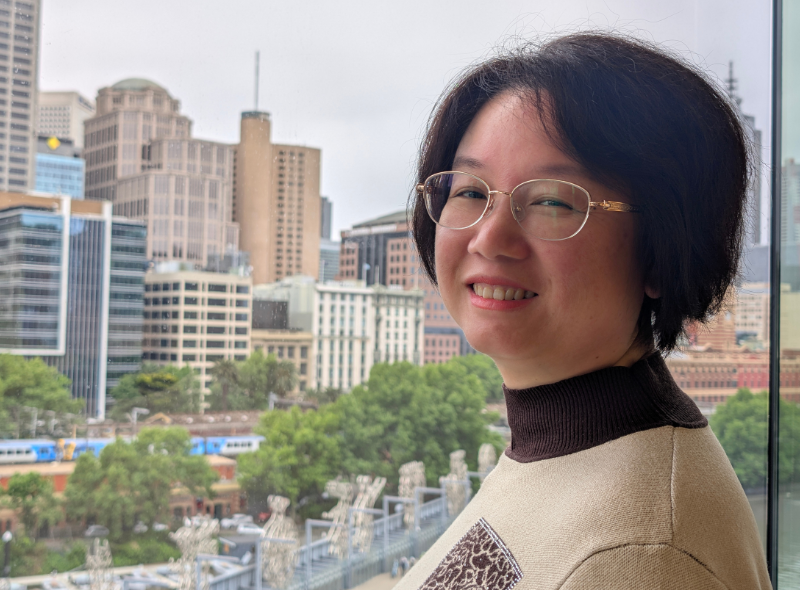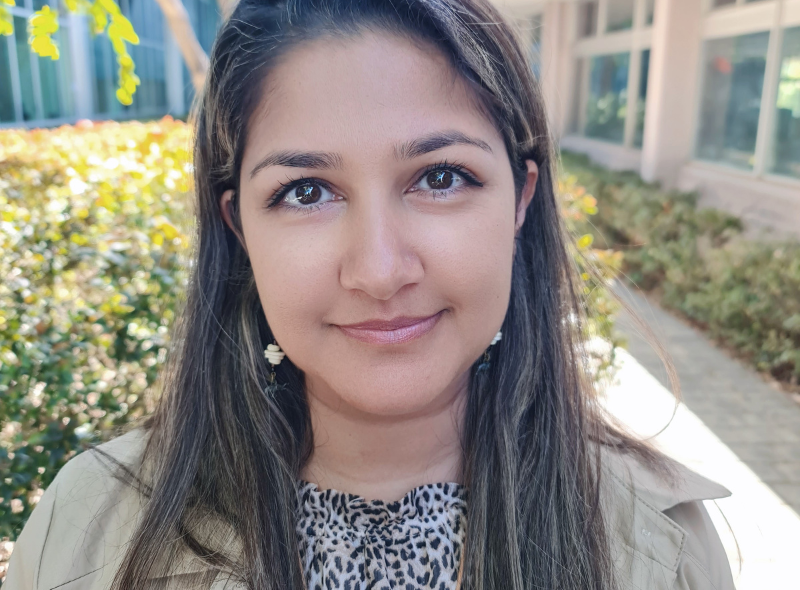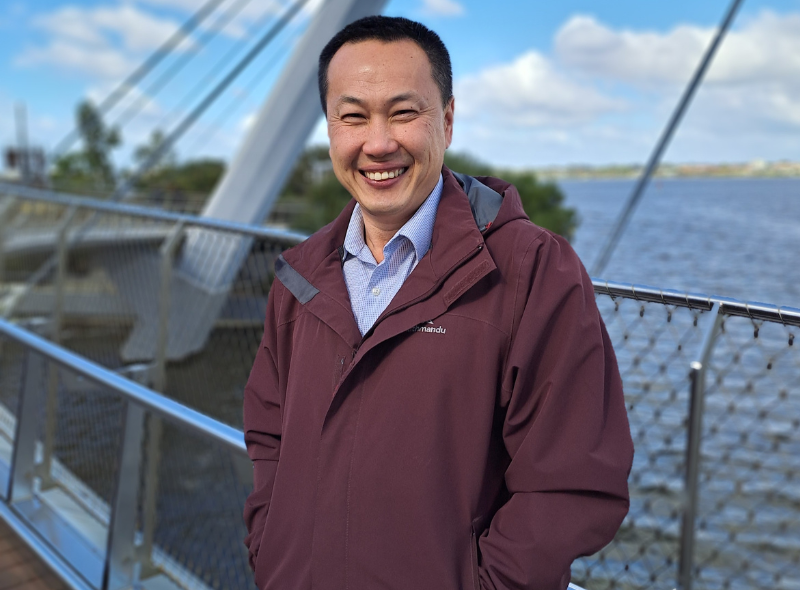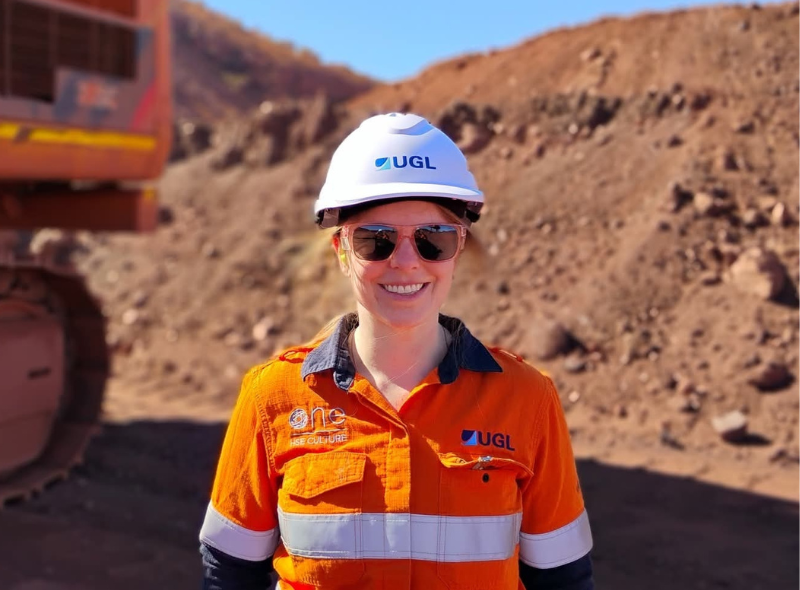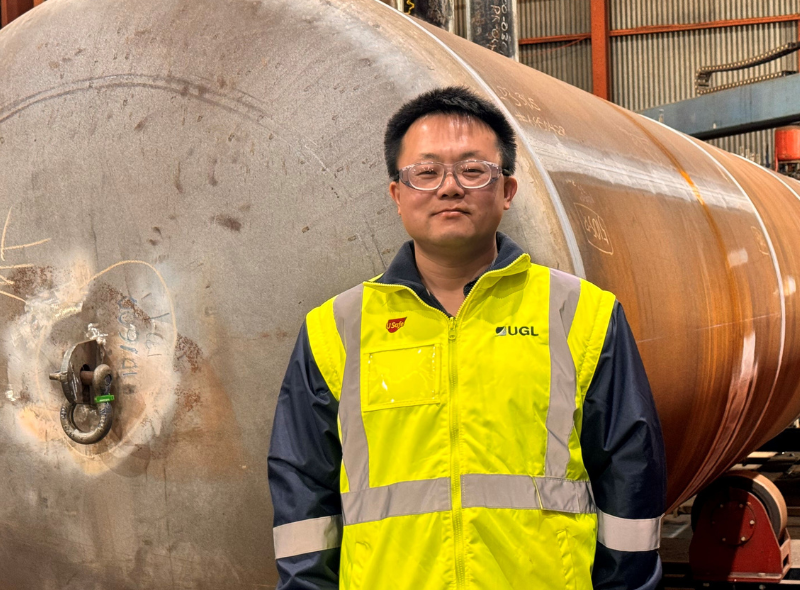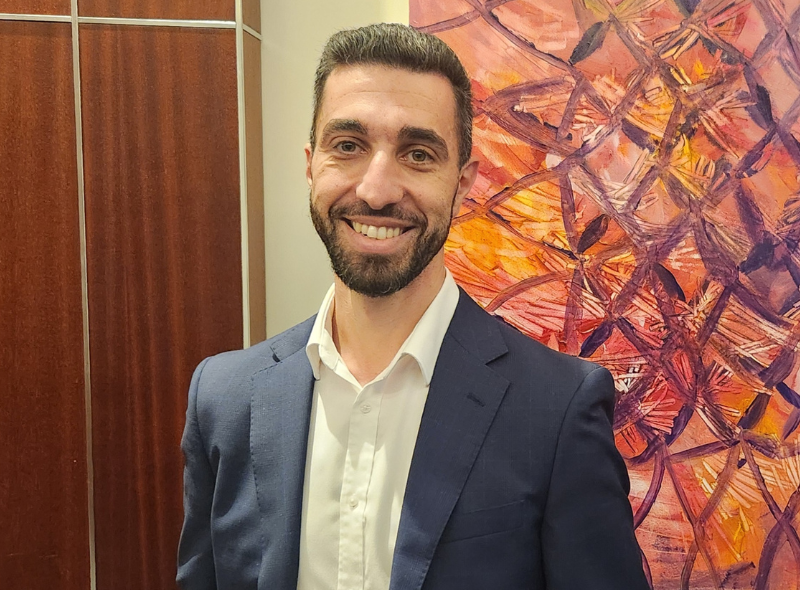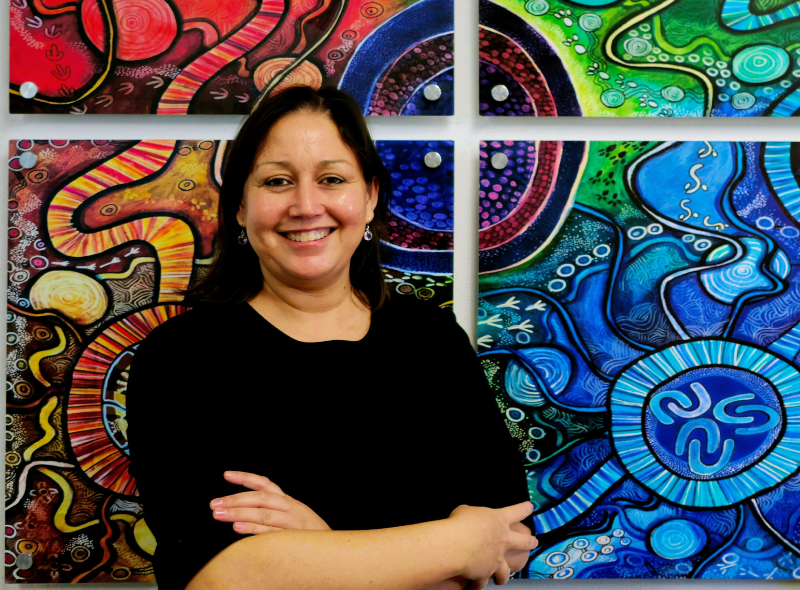Seventeen years ago, Neil Simmonds traded the skies for the tracks. After serving with the Royal Australian Air Force, he stepped into the UGL Belmont office in Western Australia (WA) as a Communications Engineer and walked into a world that was rapidly transforming.
“Back then, there were just two of us in the communications team,” Neil shares. “We were working closely with the signalling group to build turnkey solutions for the client. The mining sector kept us busy, but slowly, communications became the main focus.”
From his early days supporting mining operations, Neil’s career has grown alongside UGL’s expanding footprint in Australia’s transport infrastructure. His journey from engineer to project manager, design manager, and now engineering manager for UGL’s infrastructure and technology team in WA — shows his adaptability and technical excellence.
“One of my first major roles was maintenance manager on the Perth underground rail tunnels. I’d already had experience maintaining air traffic systems, so moving into fire and life safety systems for rail was a natural step.”
Since then, Neil has played a pivotal role in several of Western Australia’s major infrastructure projects, including the Graham Farmer Freeway Tunnel 3 Lane Upgrade, the Mandurah to Perth rail line and ongoing work in the mining and gas sectors. Today, he leads engineering efforts on the Public Transport Authority’s Radio Systems Replacement (RSR) project — a critical communications upgrade across Perth’s metropolitan rail network.
“We’re delivering the physical infrastructure for the RSR project, which is going to transform how trains run across Perth,” explains Neil. “It’s all about building a safer, more efficient network that can meet the needs of a growing population.”
Beyond RSR, Neil's team is also delivering a Traction Feeder Substation at Bellevue Rail Depot and supporting key assets like the Dampier to Bunbury gas pipeline and providing CCTV and security solutions to other UGL projects throughout the country.
But it's not just about maintaining what's already there, it's about innovating for the future.
One recent innovation was his team’s development of folding monopoles — towering structures between 25 and 35 metres high, used for the railway’s radio infrastructure.
“In collaboration with our subcontractors, we've designed a folding monopole system and the lifting equipment that comes with it,” Neil explains. “These poles can be raised and lowered without cranes or working at heights, which drastically reduces safety risks and network disruption.”
From tunnels and tracks to poles and pipelines, Neil’s work connects people, places, and possibilities driven by innovation, grounded in experience.
“The best part of engineering is solving problems. It’s about providing answers, learning constantly, and taking pride in the things you build.”

